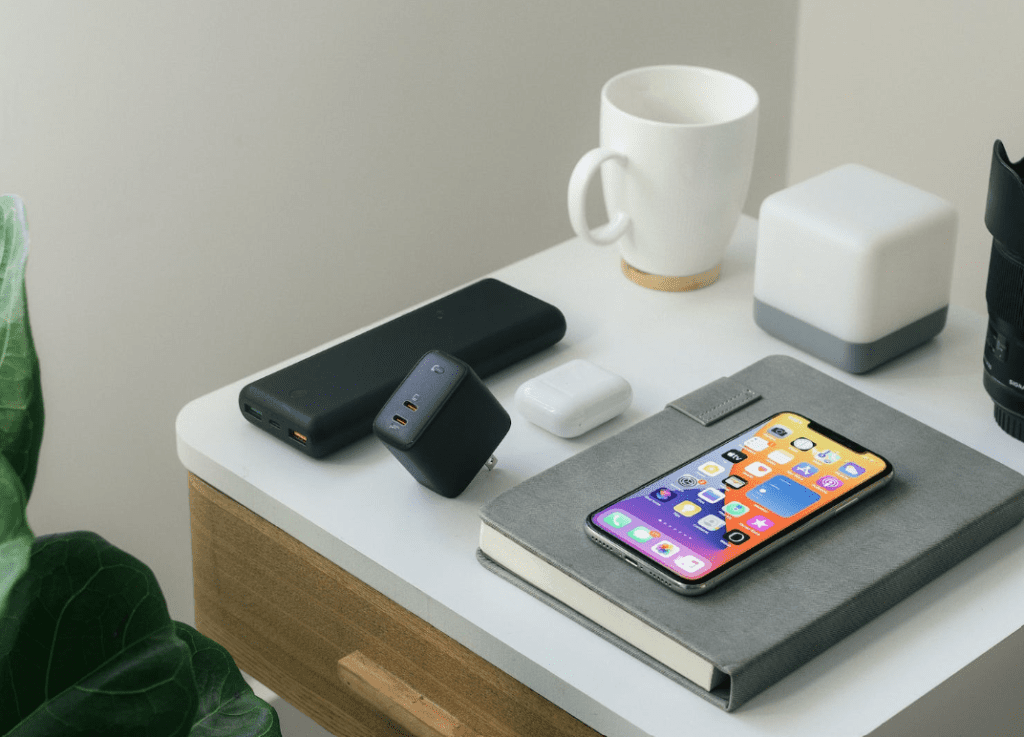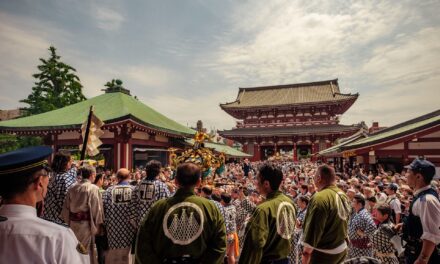Japan is definitely one of the top holiday destinations for Singaporeans, and it may be your first time travelling to Japan, so it’s best to make sure that your first trip there is as smooth as can be!
There are certain items I would always advise my peers to carry along with them to Japan to minimise the troubles they may face in Japan.
These items are things that I wish I had brought on my first trip if I had known earlier, so by reading this, you’re going to save yourself all of the discomfort I faced on my first trip.
Here are 8 essential items Singaporeans need to bring before travelling to Japan
- Cash
- Coin pouch
- Power adaptor
- Power Bank
- Japanese phrases in your notes
- Hand sanitisers or Pocket hand soaps
- Japan train apps
- Comfortable shoes
Japanese yen in Cash

Even though Japan is known to be the city of the future, most of its transactions are done using cash.
In Singapore, we’ve been so used to using cashless payment methods like Paywave and Paynow that we hardly use physical cash.
This is why some first-time travellers may assume that it’d be the same in Japan, but that’s not the case.
In fact, Japan still uses physical notes and coins for purchasing things in shops and vending machines.
There are exceptions like using your Pasmo or Suica card – the equivalent of an EZ-Link card – to pay for vending machine purchases; however, most of the time, you’d be paying with cold hard cash.
A Coin pouch
Prepare to hear the jiggling noise of those Japanese coins and bring a coin pouch!
I learnt my lesson when I first visited Japan; I didn’t even realize that this was a problem until it was day 2 of my trip.
This will become apparent to you when you start buying things; you’ll receive your change in coins because coins are more used for smaller purchases.
You’d probably be thinking, “I could just use the coin pouch in my wallet.”
You can do that until you realise that by the end of day 3, you would have a think wallet that can barely fit into your pocket.
Additionally, you’d try to squeeze your fingers to finger coins in the tight spaces of the coin compartment of your wallet.
Add the pressure of the line of customers behind you and you’d be scrambling to get those coins out of your wallet.
You would then surrender and hand the cashier a big note, further repeating the cycle of loading your wallet with more coins.
When you bring a coin pouch, there’s plenty of space for you could fit your coins, and when you unzip the pouch, it would be easy for you to find the right coin denominations for your purchase.
Save the trouble of storing your coins in your pockets or wallets, and get a coin pouch from Daiso.
Power Adapter
The power sockets in Japan use Types A & B, 100V 50/60Hz, while the power sockets in Singapore are type G with a standard voltage is 230 V and a frequency is 50 Hz.
It is important to carry an adapter with you so you can use your electronics in your accommodation.
Most devices in Singapore use a Type G head and this means you won’t be able to use it unless you have an adapter with you.
If you forgot to bring an adapter, you could get it in a hardware store, but it may be a hassle for most people.
Additionally, you would want to be prepared for worst-case scenarios like being in the middle of Rural Japan if you decided to visit Rural parts of Japan first.
Also, if your phone is running out of battery, you could stop by a Macdonalds or Starbucks to charge it.

Portable Power Bank
A power bank may be one of the most useful tools you can have with you.
We are heavily reliant on our mobile devices and it’s especially apparent when we’re travelling overseas.
This is because we need our phones for navigation and communication with our peers who are also travelling with us.
If your phone has no battery, you could find yourself in an inconvenient situation or be stranded in the middle of nowhere with no idea what to do next.
When I landed at Hakodate airport for the first time, I didn’t expect to go through a minor scare; I turned my phone on only to find out that my internet connection was not working.
To make matters worse, my battery was dangerously low at 15%. Thankfully, I had my power bank with me to charge, so I managed to get 20% out of the power bank while I took the bus to the Hakodate town.
I’ve also saved my navigation notes on my phone, so I could find my way without the internet.
If I hadn’t brought my power bank, I wouldn’t be able to navigate my way to my Airbnb apartment.
Japanese phrases in your phone or notebook
Most Singaporeans – especially first-time travellers – wouldn’t be to speak Japanese.
Having a few helpful Japanese phrases on your phone, or having a Japanese phrase book with you while you’re travelling would make communication a lot easier.
Even though most Japanese in major cities like Tokyo and Osaka can speak or understand basic English, the majority have difficulties with English.
This communication problem is more pronounced when you’re travelling away from the urban areas and into the countryside; most Japanese don’t use English often, so it’s really difficult for them to communicate with you.
Even if they did understand you, they may not be able to reply to you, and replying to you in Japanese wouldn’t be helpful either.
With the help of the basic phrases, you will have a better experience in Japan.
Apart from the typical greetings like “Konnichiwa”, using phrases such as “Hitori(1 Person)” or “Kore hitotsu onegaishimasu(Can I have one of this, please)” would elevate your dining experience in Japan.
If you really have to speak to someone- and you want to find someone who can speak English- using phrases such as “Eigo ii desu ka? (Can we converse in Japanese?)” would help you identify those who can speak Japanese.
Hand sanitisers or Pocket-sized hand soaps
Japan is known to have one of the cleanest public toilets in the world, and you’d definitely have no issues using the restroom when you’re there.
In Singapore, we wouldn’t think so much about handsoaps in the restrooms because it’s ubiquitous and it’s rarely an issue in our public toilets.
However, it is difficult to find hand soap in the toilets in Japan for some reason.
This is why it would be handy to carry a pocket-size hand soap if you’re concerned about personal hygiene.
As I wash my hands frequently, it was unsettling for me to find no hand soap in the public bathrooms.
Carrying a hand sanitiser works too, but when you’re using your hands to eat foods, it can get messy and oily, so hand soaps would be helpful in these situations.
Japan train apps
Japan has one of the best public transportation systems in the world, and you would find yourself commuting by train often when you’re in urban areas.
It would be convenient to have the Japanese train applications on your phone to help with your navigation throughout your holiday trip there.
The applications will show you the map and you can plan your journey easily with a few clicks; additionally, it will show you all of the routes available together with the time it takes to reach your destination.
Unlike Singapore’s train system, Japan’s train system is extensive and it may be overwhelming to unfamiliar newcomers.
Having this application would help alleviate some of the headaches and it will also give you the reassurance that you’re able to see where you’re going on your phone.
The best part about the application is they show the arrival timing of the trains, and the trains always reach on time – to the tee.
Many of my Japanese friends praise the accuracy of the train arrival timing and they plan their trips according to the time without worrying.
Comfortable shoes

You will be walking in Japan frequently, and wearing a pair of comfortable shoes will make a world of a difference when you’re exploring Japan.
There’s so much to see in Japan and you will find yourself walking for hours to visit many different places.
From natural sites and luscious gardens to shopping districts and cafe hopping, without comfortable shoes, you will find your legs aching by the end of the day.
This is even more apparent if you’re travelling to off-the-beaten-path places that are not easily accessible by public transportation.
Wearing comfortable shoes during your trip there will make your holiday a lot smoother and pleasurable with one less problem to worry about.
Conclusion
Grab these items at home before you head off to Japan and you will have a more enjoyable time in Japan.
Although these items are easily found in Japan, you could save some money when you bring them from home instead of buying them here.
- Which item did you least expect to bring to Japan?
Tell us in the comment section below and share this with your friends and family members who are going to Japan!










